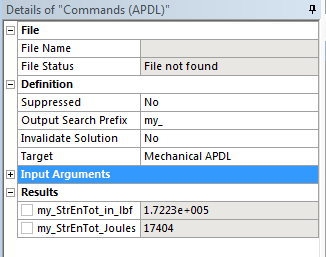History Repeats Itself! Reunion of DRD Principals with DRD Cofounder, Steve Jordan
Recently I had an amazing reunion with my friends and mentors, Dwight Yoder and Steve Jordan, in Sanibel Island, FL. Our wives, Carolyn, Donna, and Anne joined us in this remarkable event. Steve and Dwight have been my friends and mentors my entire professional life.
In 1977 Steve and his business partners, Mike Apostal and Chuck Ritter, founded Jordan, Apostal, Ritter Associates Engineering Mechanics Consultants in Davisville, RI. JAR began to do engineering mechanics consulting for the AMOCO Research Center in Tulsa, OK. JAR and AMOCO were two of the first companies to utilize the finite element method to model the lower part of the drill string, called the bottom hole assembly, to predict directional drilling for the oil and gas industry. JAR’s work with AMOCO led to Steve, Mike and Chuck creating Drilling Resources Development Corporation in Tulsa, now DRD Technology, to work with AMOCO to develop a drilling simulator to model the entire drilling process in real time. Steve hired Dwight and me in 1981 to join DRD, and our work with AMOCO led to software development for other oil and gas companies. Ultimately DRD developed its own commercial suite of software tools for the oil and gas industry, Wellplan™, which we sold worldwide.
Because of a relationship with John Swanson, founder of Ansys, JAR and Drilling Resources Development Corporation became Ansys Support Distributors in 1984. JAR later became Ansys East in the 1990’s. Steve, Mike and Chuck also founded Concurrent Engineering Corporation in Minneapolis, MN in the 1990’s, which later became Ansys Minneapolis. Earlier in his career Steve worked with several of the pioneers of the early finite element industry including Richard Gallagher of Bell Aerosystems, Cornell University and University of AZ; Richard MacNeal of MSC (NASTRAN); Pedro Marcal and Bob Melosh of MARC Analysis; and David Hibbitt of Hibbitt, Karlsson, and Sorenson, developer of ABAQUS. Steve offered me the opportunity to have a career in the field of engineering simulation, and he mentored me closely my first two decades at DRD.
Dwight has also been my friend and mentor my entire career. In 1995 DRD sold Wellplan to Landmark Graphics, a division of Halliburton. Dwight and I were colleagues at DRD until 1995 when Dwight left DRD to become a Vice President at Landmark Graphics. Dwight later returned to work at DRD before leaving DRD a second time to pursue other interests. Dwight remains a minority owner of DRD. Dwight and Carolyn are god parents to Anne’s and my daughters, Renee and Morgan.
This Sanibel reunion was the first in-person one for Dwight, Steve, and me in 26 years, and the experience was as if we had never been apart. What a reunion!







